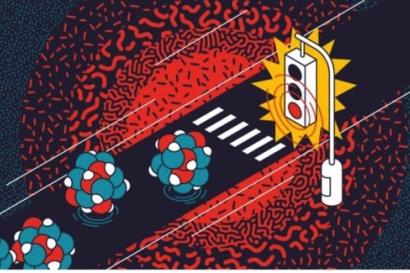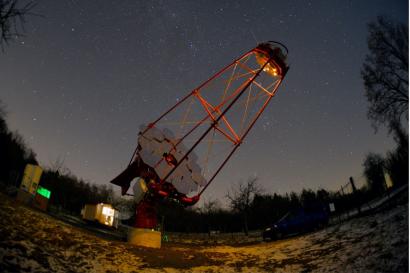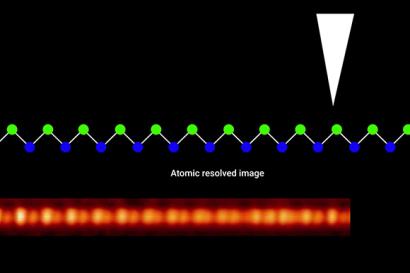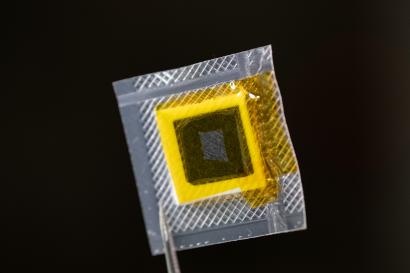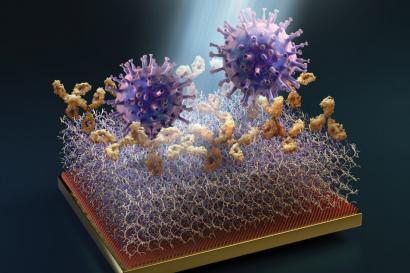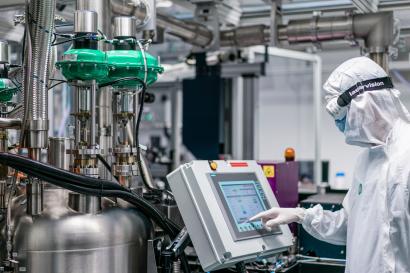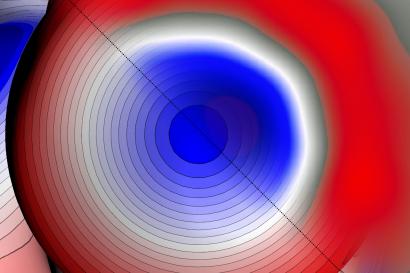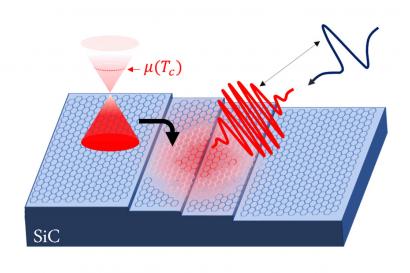Researchers have discovered antiferromagnetic changes on the atomic scale
The atomically sharp domain walls that were discovered by an international team led by researchers from the Institute of Physics of the Czech Academy of Sciences, might considerably improve the research of ulta-fast memory devices made from antiferromagnetic materials.

